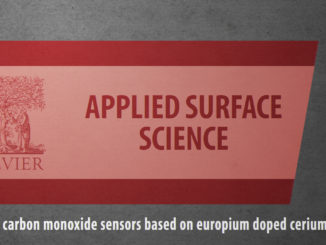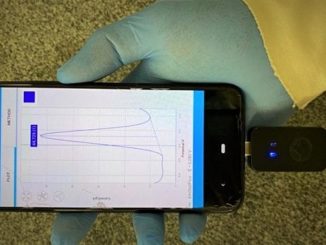
Oxygen diffusion and vacancy migration thermally-activated govern high-temperature magnetism in ceria
Abstract: Several experimental works currently demonstrate that metallic nano-oxides and carbon nanomaterials expected to be diamagnets, in fact, behave as ferromagnets at room temperature. More than scientifically intriguing, this unconventional and unexpected ferromagnetism pave the way for innovation products and novel nanotechnological applications, gathering the magnetism to interesting functionalities of these nanomaterials. Here, we investigate the non-conventional ferromagnetism observed at high temperatures in nanocrystalline cerium dioxide (CeO2or nanoceria) thin films that are optically transparent to visible light. Nanoceria exhibits several concrete applications in catalytic processes, photovoltaic cells, solid-state fuel cells, among others, which are mostly due to natural presence of oxygen vacancies and easy migration of the oxygen through the structure. The ferromagnetism in non-stoichiometric nanocrystaline ceria can be consistently described by ab initio electronic structure calculations, which support that oxygen vacancies cause the formation of magnetic moments and can provide a robust interconnectivity within magnetic polarons theoretical framework. Additionally, we present a conceptual model to account the oxygen transport to the non-conventional ferromagnetism at temperatures well above room temperature. The approach is complementary to the thermally-activated effective transfers of charge and spin around oxygen vacancy centers.
Authors:
J. Varalda – Departamento de Física, Universidade Federal do Paraná.
C. A. Dartora – Departamento de Engenharia Elétrica, Universidade Federal do Paraná.
P. C. de Camargo – Departamento de Física, Universidade Federal de São Carlos.
A. J. A. de Oliveira – Departamento de Física, Universidade Federal de São Carlos / Centro de Desenvolvimento de Materiais Funcionais (CDMF).
D. H. Mosca – Departamento de Física, Universidade Federal do Paraná.
Scientific Reports
Published: 18 March 2019
DOI: https://doi.org/10.1038/s41598-019-41157-6




